Iran (IMNA) - Millions of Shia Muslims in Iran and around the world gathered on the evening of Muharram 10, also known as Shām-i Gharībān, to mourn and lament the martyrdom of Imam al-Husain (a) and the tragedies that befell his family. The commemoration, observed in every corner of Iran and globally, featured special and unique rituals to honor the revered imam.
Rituals included the setting of symbolic tents ablaze to represent the destruction of the camps of Imam al-Husain (as) by enemies, candle lighting, and recitation of eulogies, known as Rawda Khani, in memory of the events that transpired. The somber occasion serves as a poignant reminder of the sacrifices made by Imam al-Husayn (as) and his family in defense of Islamic values and principles.
Sham-i Ghariban, a term that literally translates to "the night of strangers," takes on a poignant meaning in Shia tradition. According to cultural experts, the phrase refers to the feeling of being far from one's helpers and home, as well as the tribulations that have come to pass, including the grief that follows the loss of a loved one. In fact, the first night after a person's passing is also referred to as Sham-i Ghariban for the bereaved family.
In colloquial usage, Sham-i Ghariban has become synonymous with the mourning commemorations that take place on the night of Muharram 11, as Shia Muslims around the world gather to lament the martyrdom of Imam al-Husayn (a) and pay tribute to his sacrifice.
















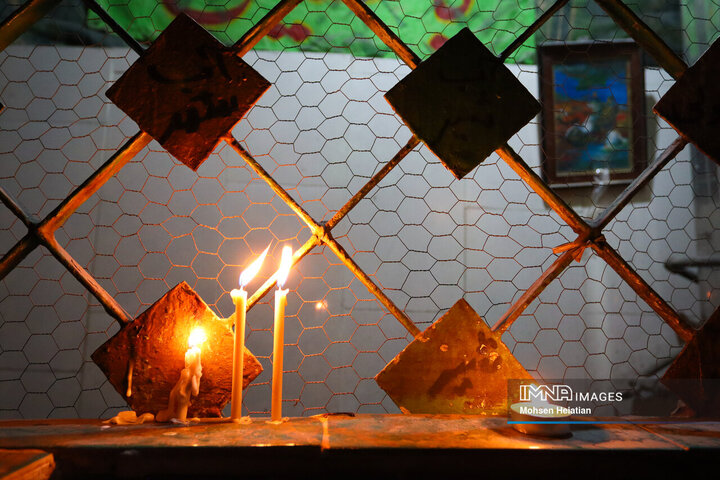


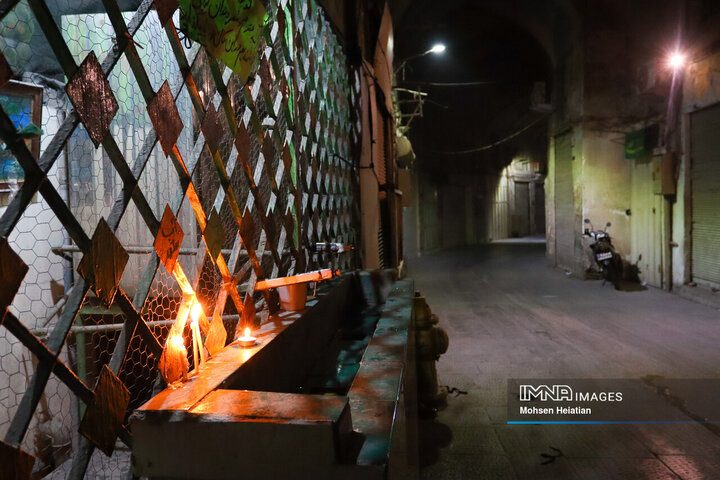
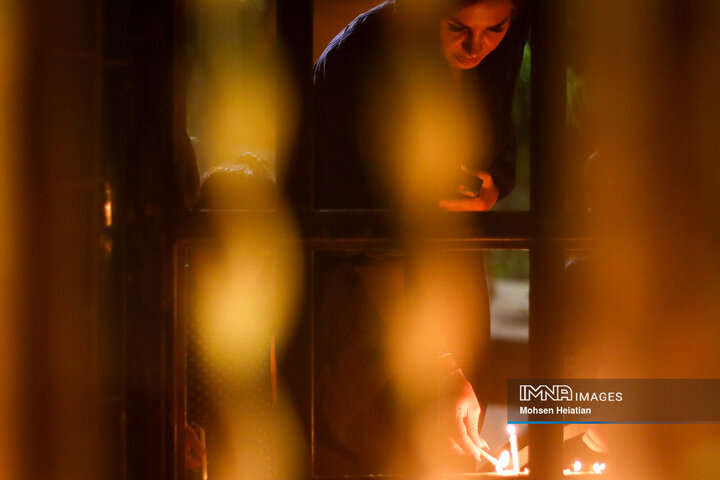
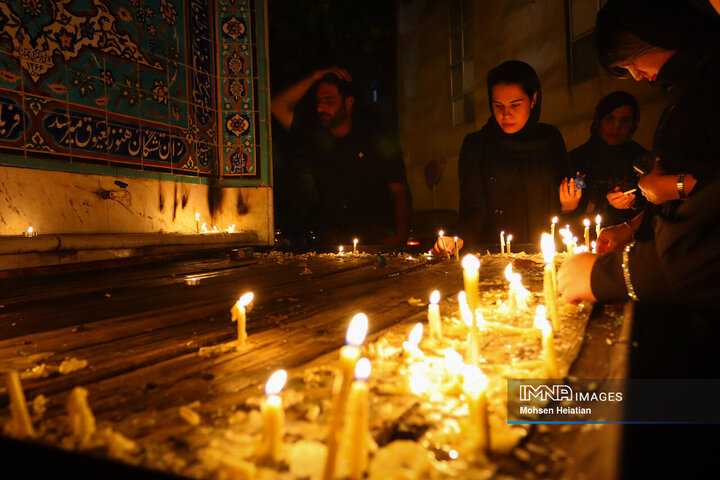


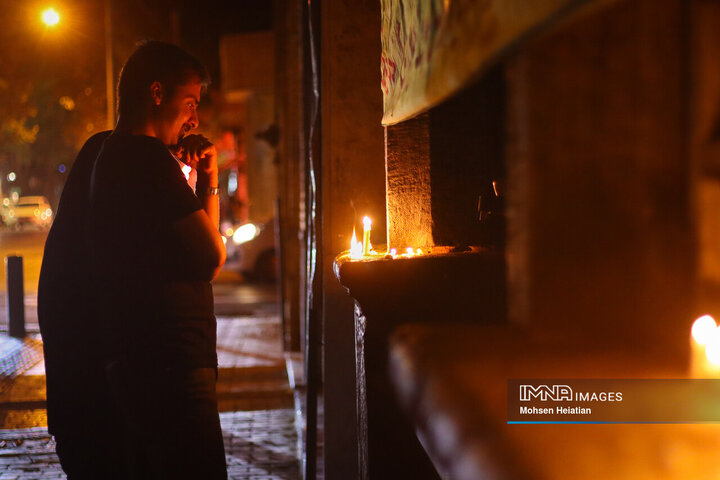
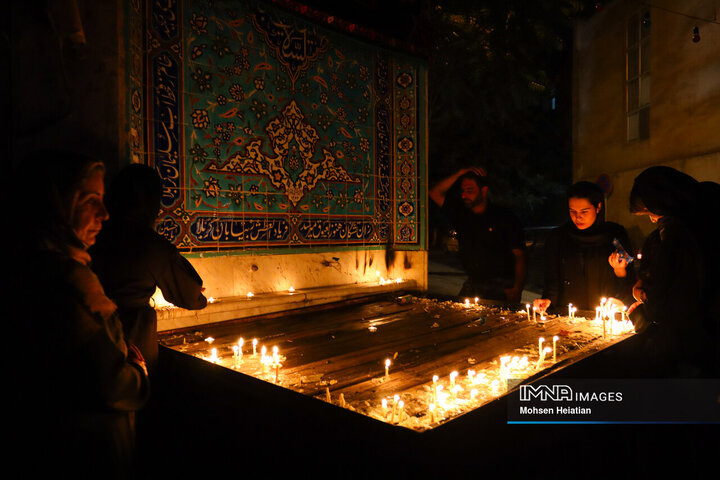
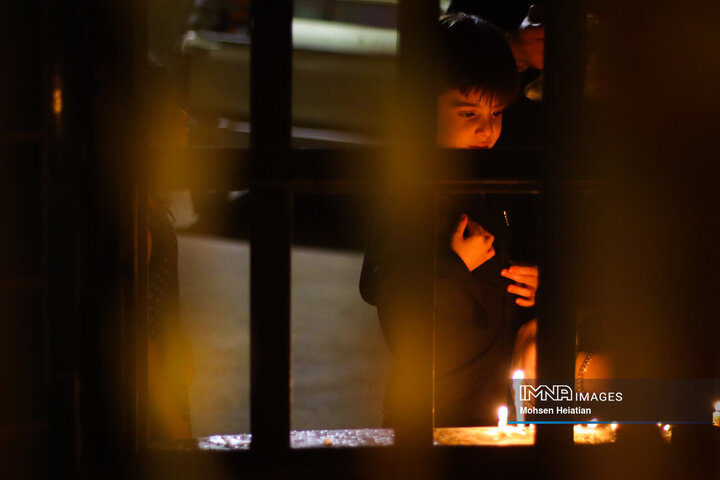
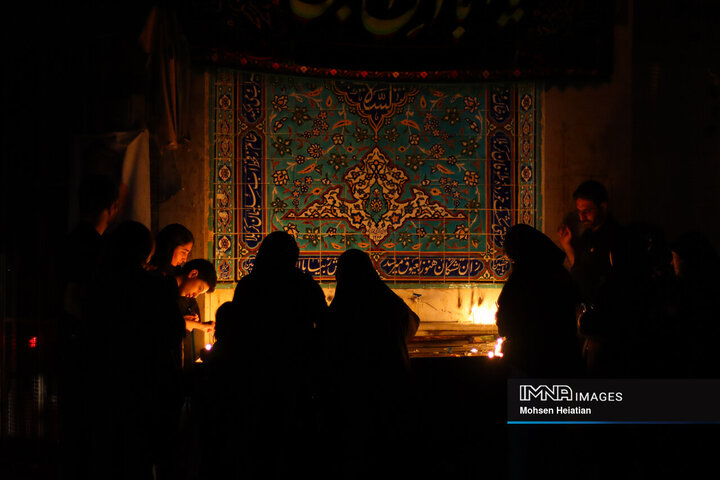
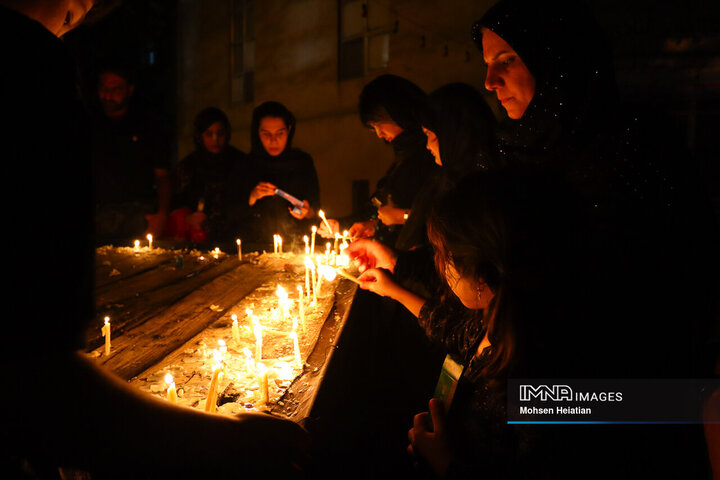
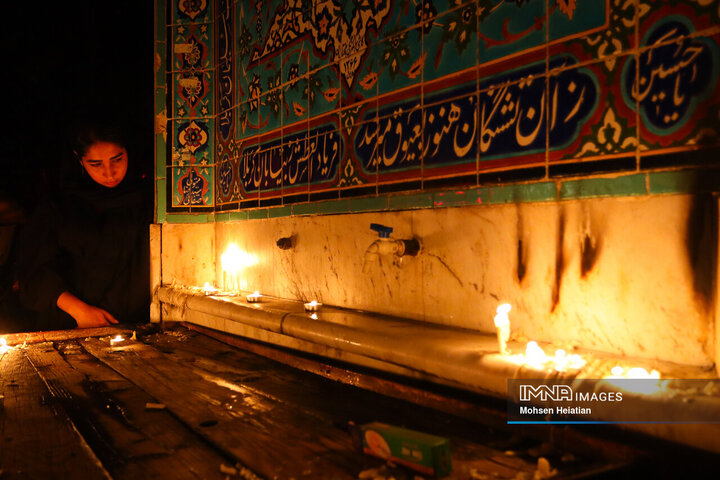
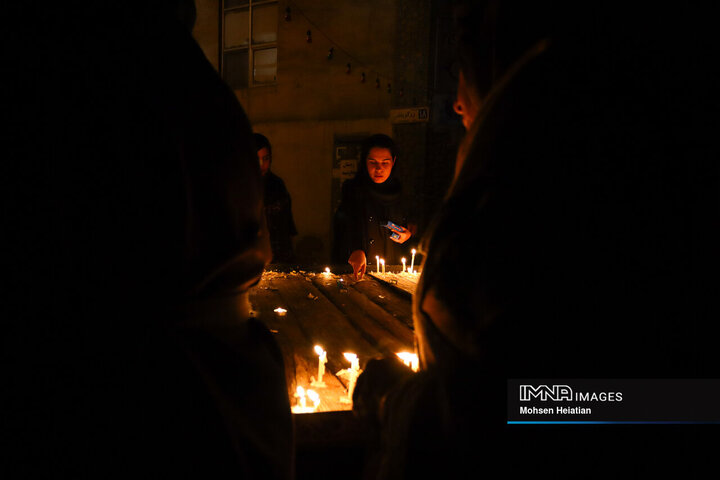
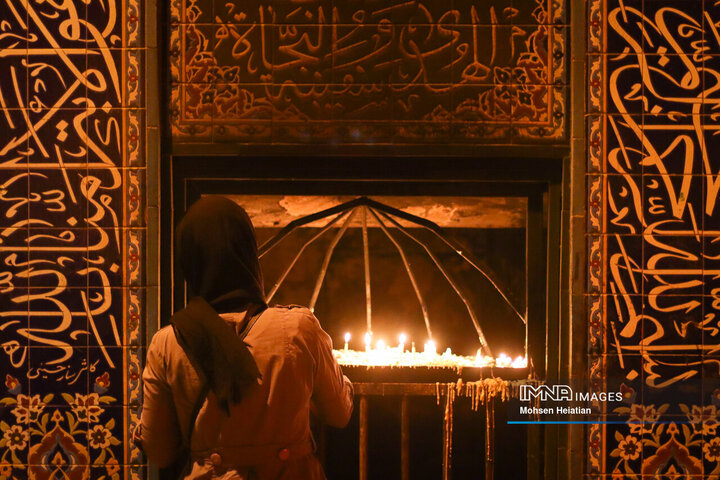
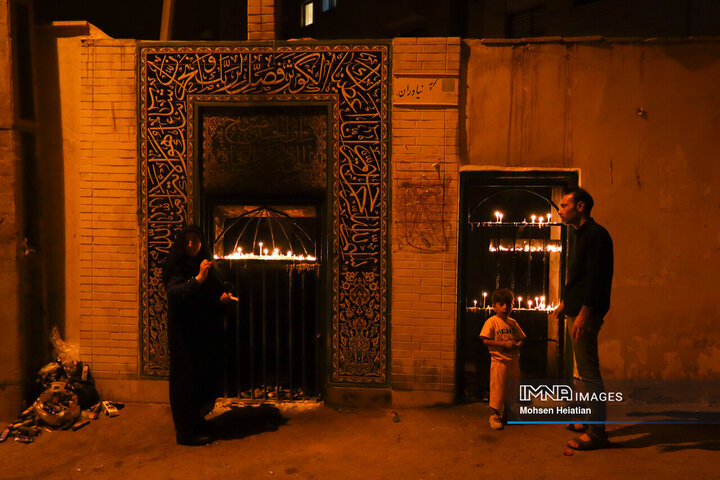

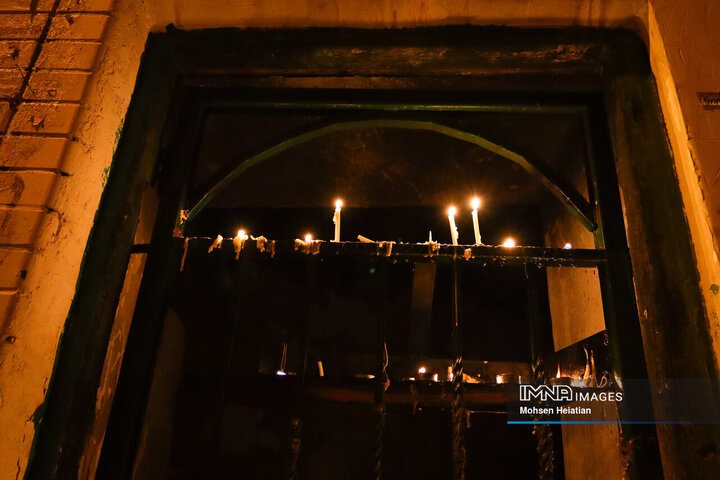
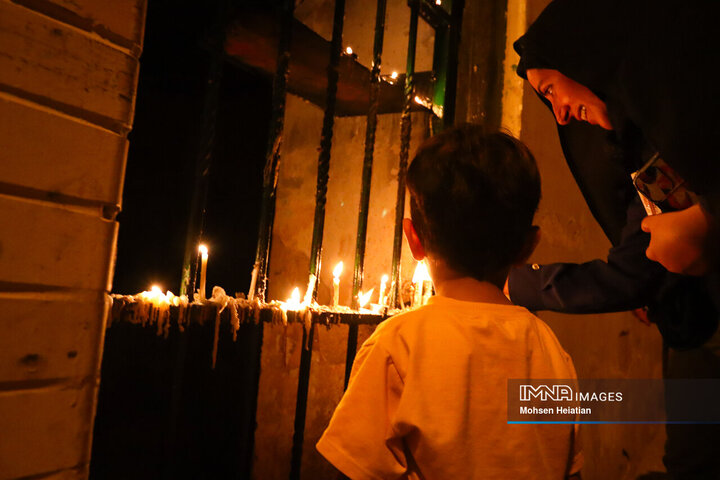
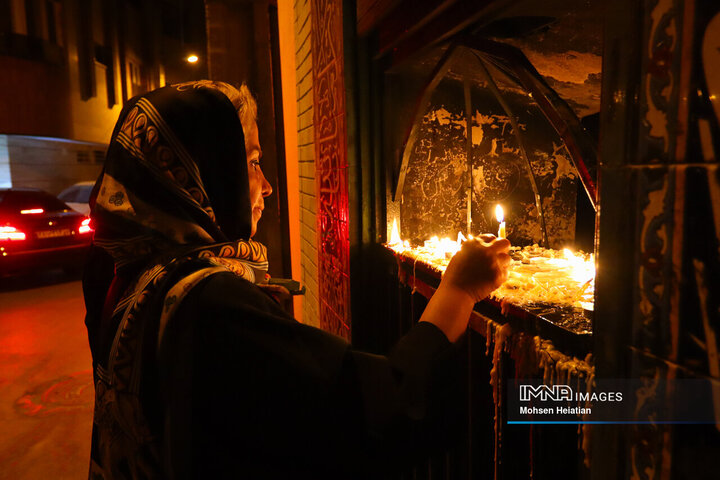
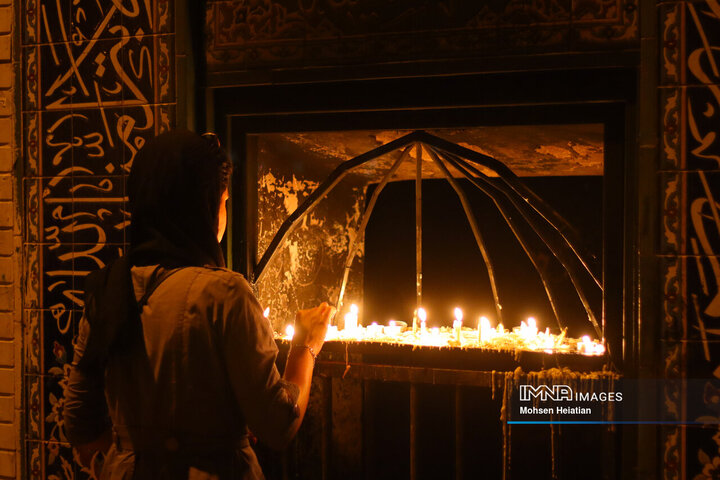
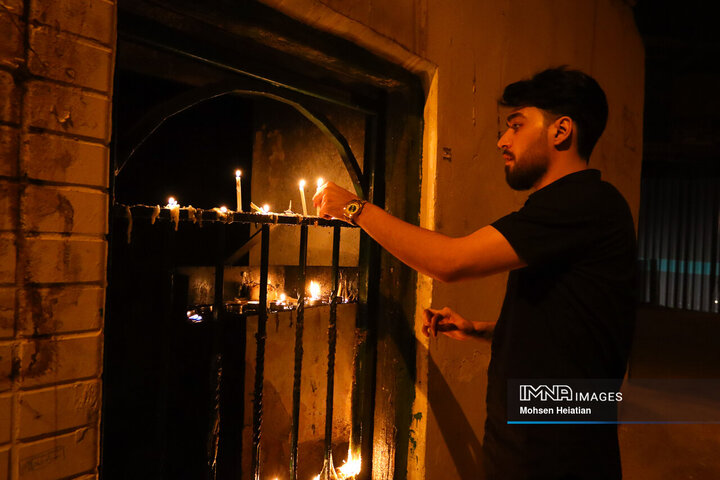
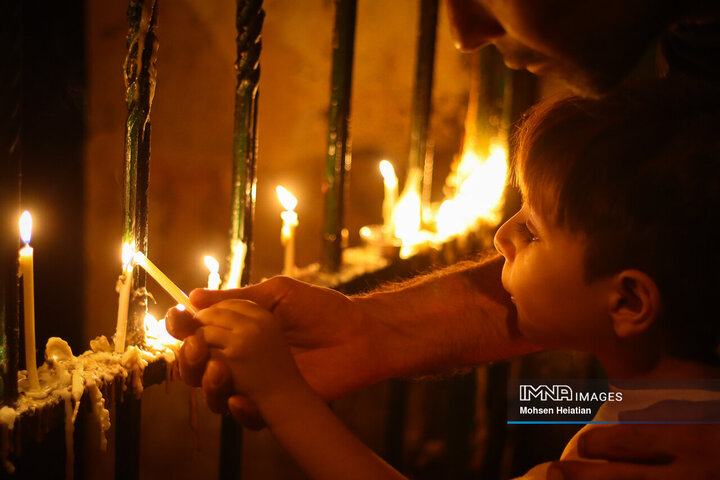
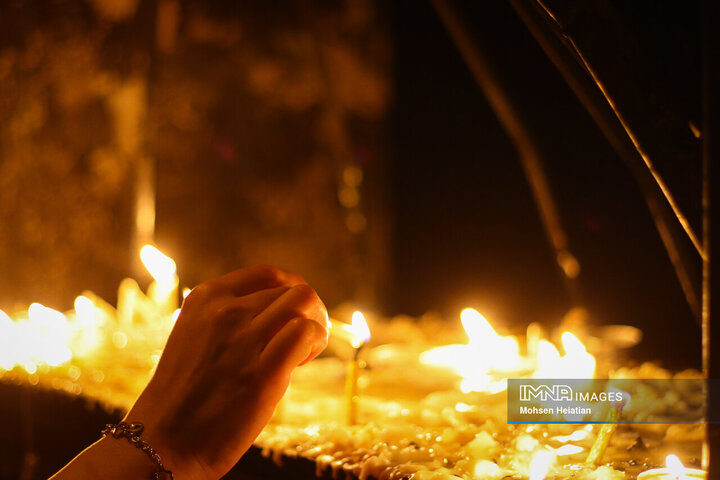
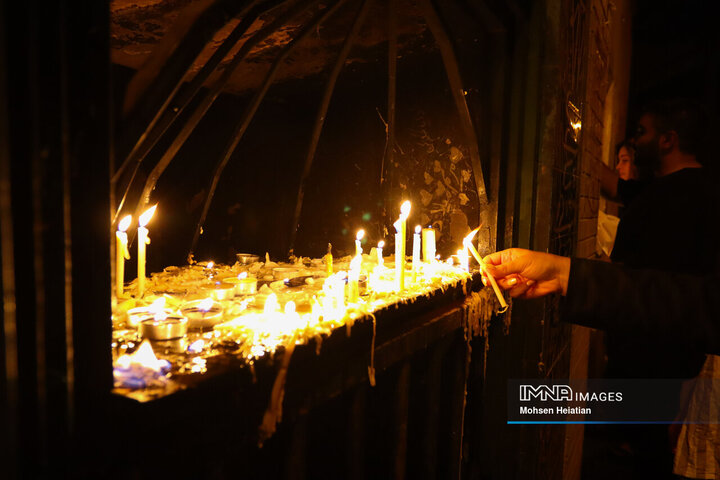
Your Comment